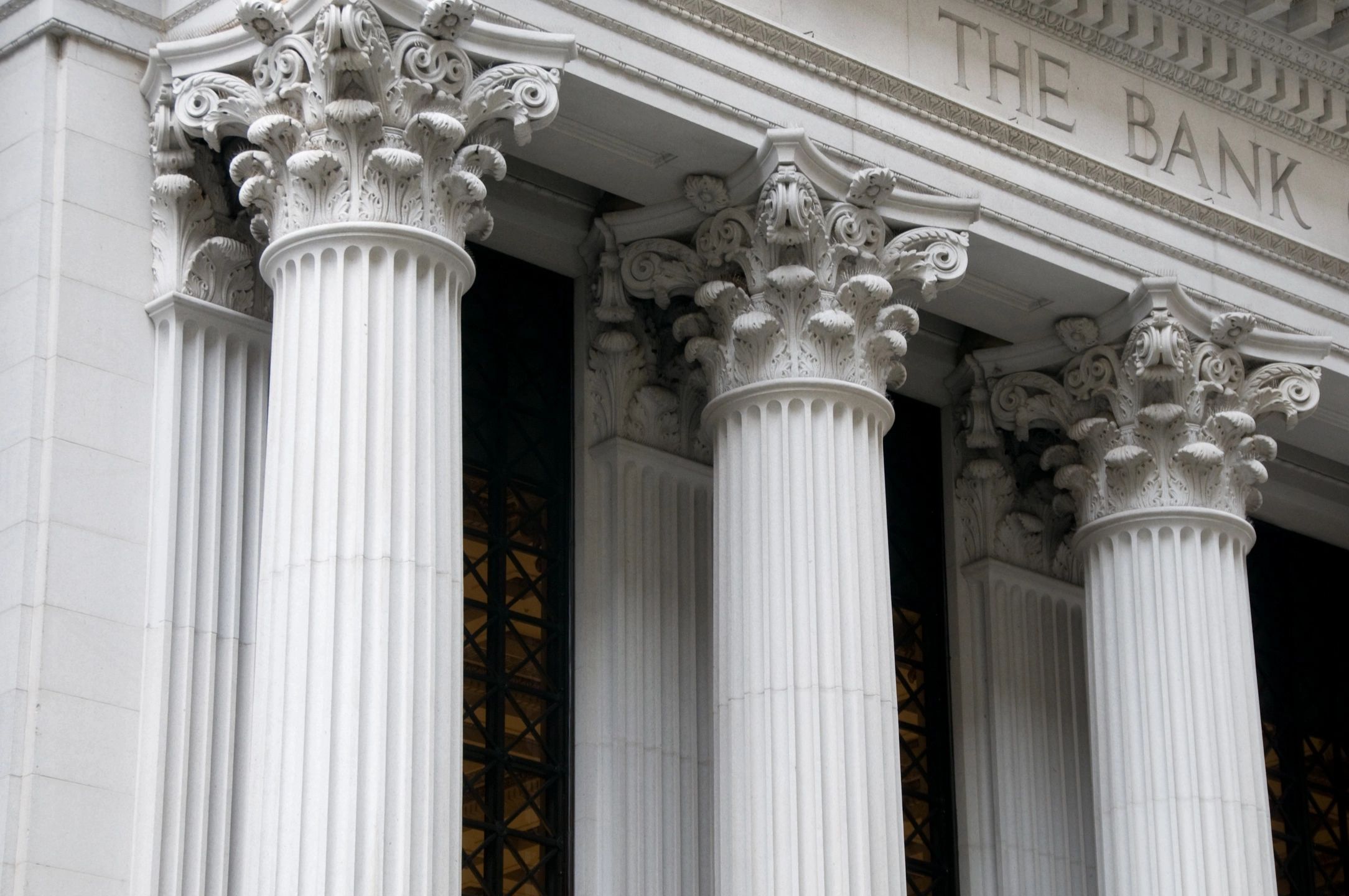ECB rate cuts are back in focus as markets prepare for another potential move by the European Central Bank. With inflation cooling and growth slowing, speculation is growing that the central bank could be entering a new phase of monetary easing. The question now is how far this cycle might go—and what it could mean for the euro and financial markets.
Is a Looser Policy Cycle Underway?
Inflation has fallen across the eurozone, while GDP growth remains weak. As a result, the ECB seems to be shifting from caution toward stimulus. Although policymakers remain measured in their guidance, recent data supports the need for more support to revive demand and build market confidence.
How Markets Are Responding
Traders expect more than one rate cut this year. Derivatives markets suggest that further reductions could come before the end of Q4. Although the speed and size of any additional moves are uncertain, the tone has clearly changed. The focus has moved away from inflation control toward economic support.
Risks and Challenges Ahead
The ECB must maintain credibility while navigating slow growth and persistent structural issues. Falling energy prices, easing supply chains, and softening labor data have all helped bring inflation down. But there’s also a risk in waiting too long to act more decisively. The longer the bank delays, the harder it may be to revive momentum.
Currency Impacts and Policy Divergence
ECB rate cuts could add pressure to the euro. This is especially true if other major central banks hold firm or remain hawkish. The euro-dollar relationship is sensitive to yield spreads. Any policy divergence may cause short-term volatility and influence capital flows.
What to Watch Next
Investors will watch inflation data, economic releases, and ECB statements for signals. A slow, steady rate-cut cycle may support lending and equities. But currency and bond markets could react differently. Global coordination and market sentiment will play a key role in shaping outcomes.
As the ECB begins what may be a new chapter in monetary policy, markets are watching closely. The challenge is to act with enough force—without creating new risks or uncertainty.
